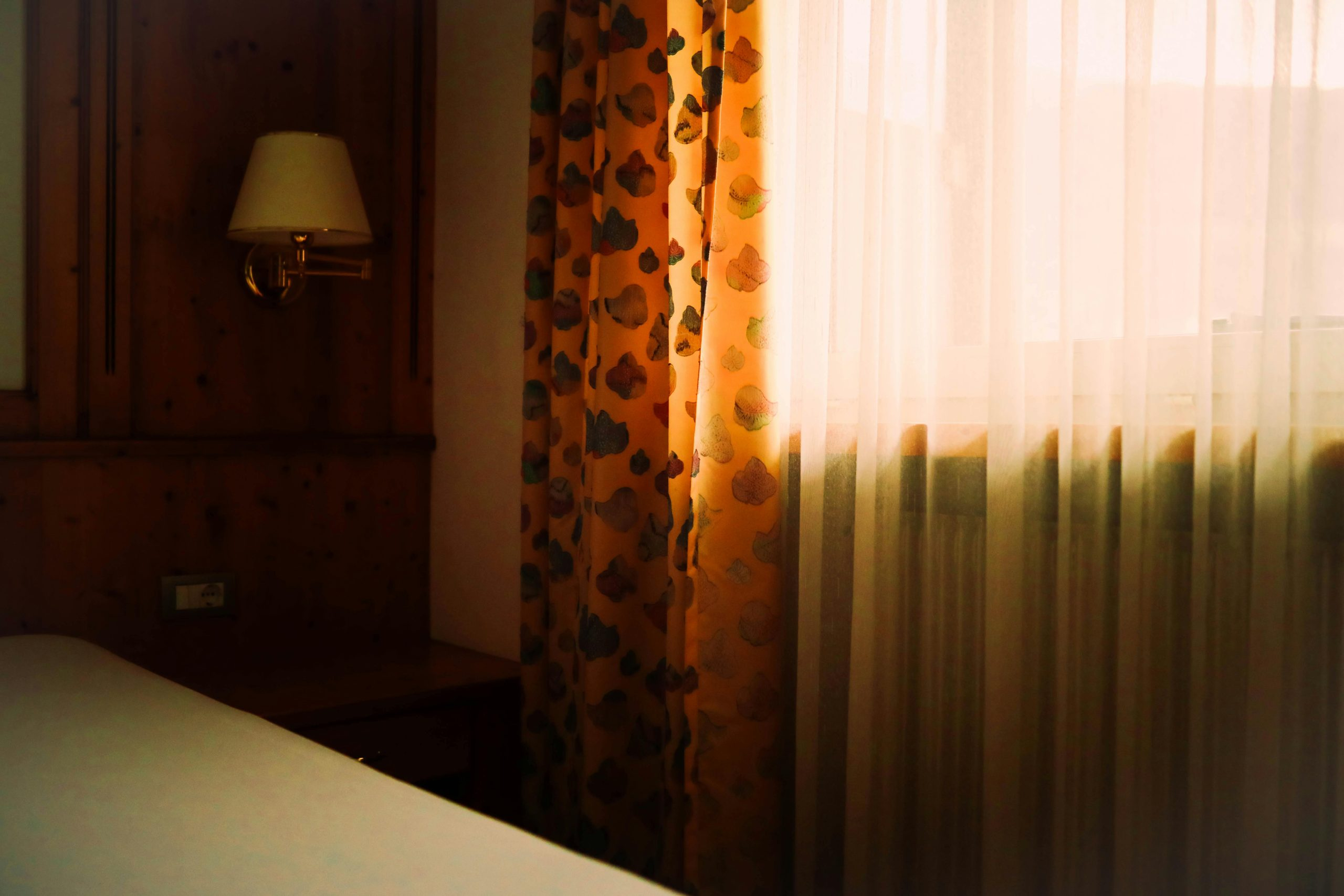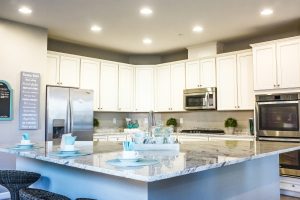Hotel Room Design Psychology Affects Guest Comfort
In the hospitality industry, every hotel strives to provide a comfortable and welcoming experience for its guests. From lavish beddings to top-notch amenities, hotel rooms are designed with guest comfort in mind. However, what many hoteliers often overlook is the impact of psychology in hotel room design. In today’s article, we will delve into the world of design psychology and explore how it can affect guest comfort in hotel rooms.
The Power of First Impressions
When a guest walks into their hotel room for the first time, they are immediately forming their first impressions. This initial impression is crucial as it can impact their overall experience and satisfaction with their stay. The design of the hotel room plays a significant role in creating that first impression.
Color Psychology
Color has a powerful effect on our emotions and can heavily influence our mood and behavior. This is why it is important for hotel rooms to use colors that promote relaxation and comfort. Neutral and cool tones like blues, greens, and greys are known to have a calming effect, making them perfect for bedroom spaces.
Warm colors like reds and oranges, on the other hand, can evoke feelings of energy and excitement. While they may be appropriate for other areas of the hotel, they may not be the best choice for guest rooms. Guests are more likely to feel stressed and restless in rooms with warm-toned walls, leading to a less comfortable stay.
Lighting Design
The right lighting can make all the difference in a hotel room. It not only serves a functional purpose but also contributes to the overall ambiance. Inadequate or harsh lighting can be uncomfortable and affect the guest’s mood, while soft and warm lighting can create a cozy and inviting atmosphere.
Incorporating natural light is also essential in hotel room design. Natural light has been proven to improve sleep quality and overall well-being. By incorporating windows or balcony doors in the room’s design, guests can enjoy the benefits of natural light, making their stay more comfortable.
The Role of Layout and Furniture
Aside from color and lighting, the layout and furniture in a hotel room can significantly affect guest comfort. As humans, we have a natural inclination towards symmetry and balance, and this is reflected in our perceptions of space. A well-balanced room layout with symmetrical furniture can create a sense of harmony and contribute to a comfortable experience for the guest.
Bedroom Design
The bed is the focal point of any hotel room, and its design can make or break a guest’s comfort. A comfortable mattress, quality pillows, and soft bedding are essential for a good night’s sleep. Other elements like the placement of the bed, the size of the room, and the distance from the door can also contribute to the overall comfort of the guest.
Seating Area
Many hotel rooms now feature a seating area for guests to relax and unwind. The design of this area should also promote comfort and relaxation. Plush sofas or armchairs, soft lighting, and convenient side tables can create a cozy and inviting space for guests to sit back and relax.
Catering to Guest Preferences
Finally, it’s crucial for hotel room design to cater to guest preferences. Every guest is different and has their own unique preferences when it comes to comfort. Some may prefer a firm mattress, while others may like softer bedding. It’s essential for hoteliers to understand their target market and design rooms that cater to their specific needs and preferences.
One way to achieve this is by offering options for guests to customize their room, such as different pillow firmness or adjustable lighting. This personalization can make a guest feel more comfortable and at home during their stay.
In Conclusion
Hotel room design psychology plays a significant role in creating a comfortable and welcoming experience for guests. By incorporating elements such as color psychology, lighting design, and catering to guest preferences, hoteliers can ensure that their guests have a comfortable and enjoyable stay. Remember, first impressions matter, so make sure your hotel room design is optimized for guest comfort from the moment they walk in.










